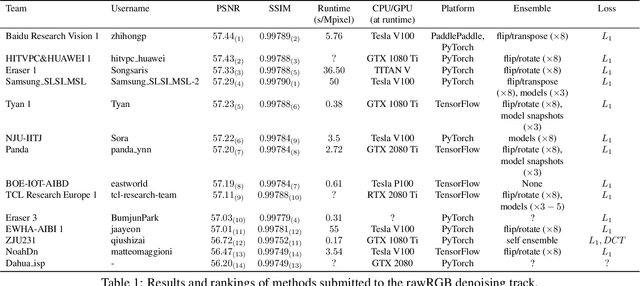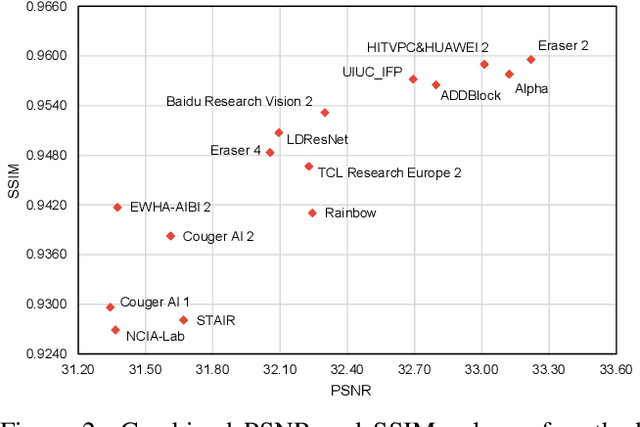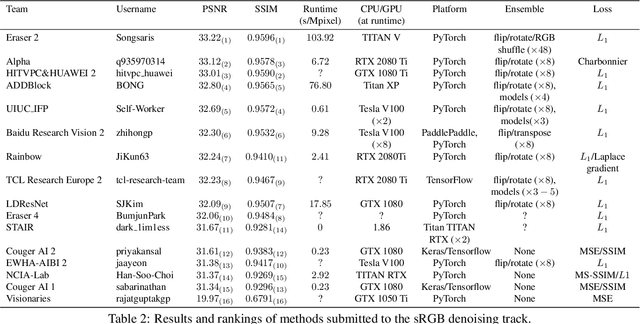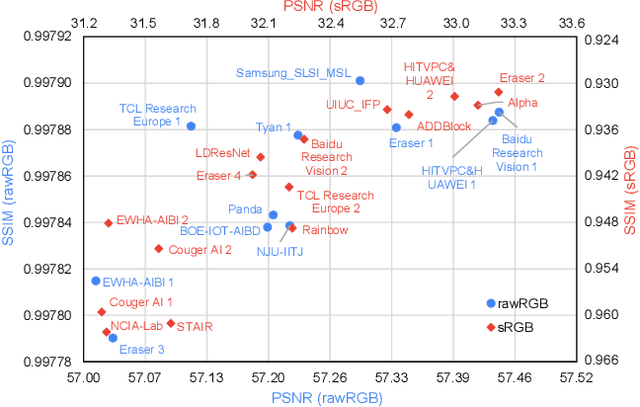Jaayeon Lee
MindFormer: A Transformer Architecture for Multi-Subject Brain Decoding via fMRI
May 28, 2024Abstract:Research efforts to understand neural signals have been ongoing for many years, with visual decoding from fMRI signals attracting considerable attention. Particularly, the advent of image diffusion models has advanced the reconstruction of images from fMRI data significantly. However, existing approaches often introduce inter- and intra- subject variations in the reconstructed images, which can compromise accuracy. To address current limitations in multi-subject brain decoding, we introduce a new Transformer architecture called MindFormer. This model is specifically designed to generate fMRI-conditioned feature vectors that can be used for conditioning Stable Diffusion model. More specifically, MindFormer incorporates two key innovations: 1) a novel training strategy based on the IP-Adapter to extract semantically meaningful features from fMRI signals, and 2) a subject specific token and linear layer that effectively capture individual differences in fMRI signals while synergistically combines multi subject fMRI data for training. Our experimental results demonstrate that Stable Diffusion, when integrated with MindFormer, produces semantically consistent images across different subjects. This capability significantly surpasses existing models in multi-subject brain decoding. Such advancements not only improve the accuracy of our reconstructions but also deepen our understanding of neural processing variations among individuals.
NTIRE 2020 Challenge on Real Image Denoising: Dataset, Methods and Results
May 08, 2020



Abstract:This paper reviews the NTIRE 2020 challenge on real image denoising with focus on the newly introduced dataset, the proposed methods and their results. The challenge is a new version of the previous NTIRE 2019 challenge on real image denoising that was based on the SIDD benchmark. This challenge is based on a newly collected validation and testing image datasets, and hence, named SIDD+. This challenge has two tracks for quantitatively evaluating image denoising performance in (1) the Bayer-pattern rawRGB and (2) the standard RGB (sRGB) color spaces. Each track ~250 registered participants. A total of 22 teams, proposing 24 methods, competed in the final phase of the challenge. The proposed methods by the participating teams represent the current state-of-the-art performance in image denoising targeting real noisy images. The newly collected SIDD+ datasets are publicly available at: https://bit.ly/siddplus_data.
 Add to Chrome
Add to Chrome Add to Firefox
Add to Firefox Add to Edge
Add to Edge